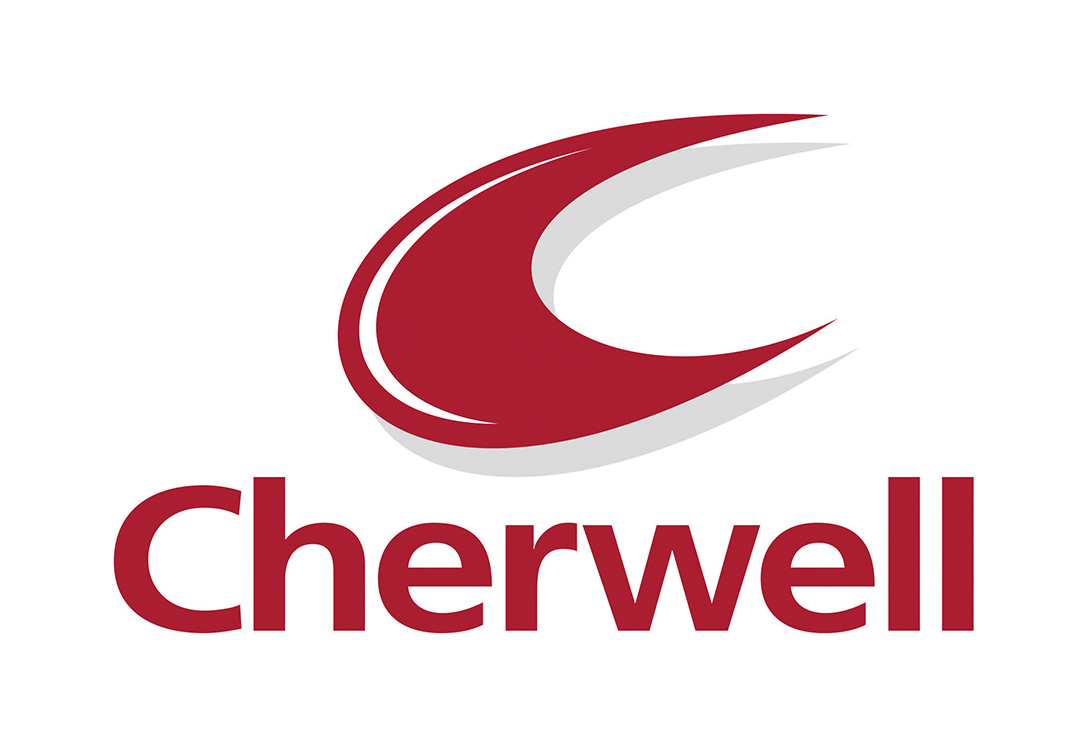 Add My Company
Add My Company
Sign In
Making Pharmaceuticals 2017
17-08-2017

Topics of interest to microbiologists
I attended the Making Pharmaceuticals Exhibition and Conference 2017 on 25th April as a delegate rather than exhibitor. Although of limited interest (little to do with microbiology) I thought it would be good to have a nose to see if anything would pique my interest. Our friends from Pharmig are regular exhibitors at the event. I went over to say hello and was asked very quickly to write a blog about the two talks being given by Pharmig chair David Keen from GSK and Andy Martin from ABM Consulting Ltd.
Advice for microbiologists arriving at a new site
David’s topic was about microbiologists new to a site. I’ve seen David deliver the same talk before but with more allotted time. With only half an hour allotted he delivered the talk with his characteristic wit at a machine gun pace! To summarise as best as I can, a microbiologist new to a site will arrive with their own conception of what constitutes “best practice” and will instantly be expected to understand the existing working practices and see things that do not make any sense.
The best way to settle in and learn about the new site is to be visible rather than stuck in the lab. It is very important to get out into the production area, look for the critical control points and to educate the staff about the importance of microbiology. This is especially true with managers so take the time to influence the key stakeholders. The other important people to influence are the engineers. They are the people who maintain the critical equipment to help keep the bugs out. If you can learn the engineering lingo and educate the engineers like the other staff, this will go a long way in reducing the chances of a contamination event. David then told us his amusing story about the GMP hammer (image below), an example of how not to give engineers instructions. The location and company involved was not mentioned to save embarrassment!
GMP hammer
Picture credited to David Keen. The GMP hammer is supposed to have a plastic handle. This is what you get when you ask for a wooden hammer to be replaced without clear instructions!
David then went on to talk about topics such as appropriate investment in quality and planned preventative maintenance in production facilities depending on age. To summarise this talk in a nutshell for new microbiologists, get out into production, talk to people and spread your knowledge, especially to the important stakeholders like managers, team leaders and engineers.
An auditor's perspective on microbiogical audits
Andy Martin then made a presentation about microbiological audits, specifically focussed at the auditor rather than the auditee. Before an audit, the auditor must be clear what the audit criteria is, what the reference standard is and what is in and out of scope. The auditor should not be afraid of asking an expert in microbiology to assist with the audit if the auditor has limited knowledge.
It is difficult to do justice to the number of points covered when auditing a microbiology lab in a short blog. I can summarise the areas – these start with the media used and how it is made, controlled or tested. If bought externally had they audited the manufacturer?
The next few slides concentrated on the handling and testing of samples with an element of security and data integrity. Who can access the lab is very important, as is the tracking and processing of samples. The auditor needs to look at the SOP’s regarding the testing methods, how equipment is used and controlled and how reagents are controlled. For EM and water sampling, how the sampling is performed, the test procedures and how results are recorded and trended require investigation. In the result of out of specification results, the identification methods for contaminating microorganisms are another area of interest.
Moving on from the testing side of the laboratory, the focus switches to the equipment and personnel. Equipment master lists and records such as calibration and servicing certificates, qualification records, and remapping of autoclaves need looking at, as do change controls for new equipment. The personnel should be suitably qualified, trained, retrained and competency assessed. To complete the documentation section, how the results are recorded and reported, plus any OOS investigations should be examined.
The final few slides were concerned on what the auditor should be looking for in the lab and/or facility tour such as book keeping, operator compliance and control mechanisms. The topics and actions covered in the audit close out meeting were covered, as were the behavioural expectations of the auditor. They should be courteous, calm and professional.
A lot was covered in the two half hour slots to a well-attended and interested audience. To finish off on an amusing point, when you have to man an exhibition stand at trade and sales events there are plenty of quiet periods and down time. David and Andy had to man the Pharmig stand and when it was quiet both looks suitably bored. Working in Sales is not a glamorous job at times and I did chuckle!
Regarding the earlier topic on auditing your prepared microbiological media manufacturer, ourcustomers are always welcome to visit our facility and perform a supplier audit.
For more information on Making Pharmaceuticals 2017 talk to Cherwell Laboratories Ltd
Enquire Now
More News/Blogs
List your company on FindTheNeedle.

